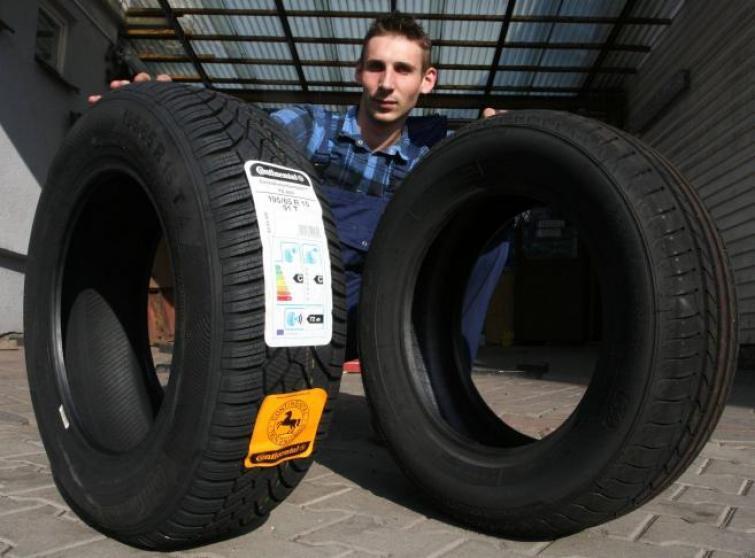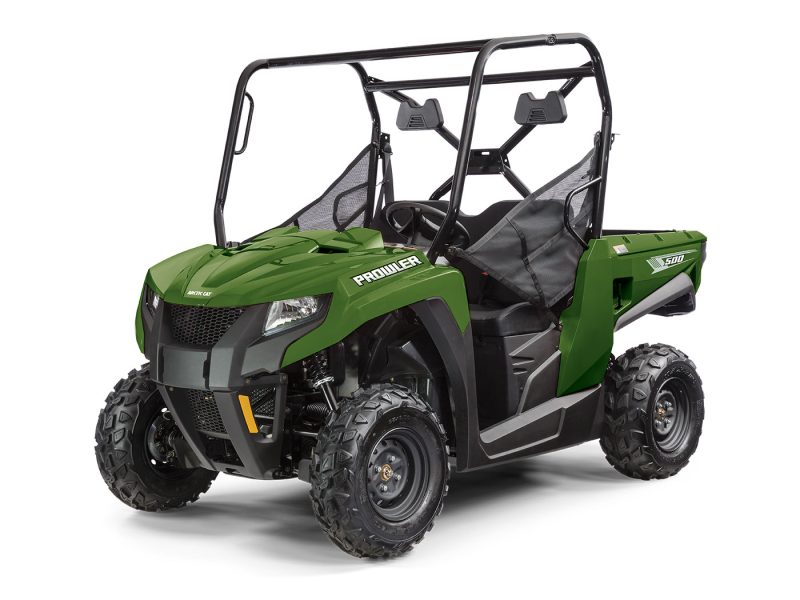
Choosing winter tires - their size is crucial
 The correct selection of tires for a particular vehicle is very important and we cannot afford to deviate from the exact instructions of the vehicle manufacturer. The consequences of a bad landing can be manifested in the malfunction of the car and affect the safety of driving.
The correct selection of tires for a particular vehicle is very important and we cannot afford to deviate from the exact instructions of the vehicle manufacturer. The consequences of a bad landing can be manifested in the malfunction of the car and affect the safety of driving.
One of the main criteria for choosing tires is their strictly defined size. Incorrect matching can result in incorrect information being sent to the ABS, ESP, ASR, TCS electronic safety systems, changes in suspension geometry, steering systems, or damage to the body.
– Finding information about the correct size is simple and can be verified by any driver. The easiest way is to check the size of the tires we currently ride. It is located on the side of the tire and always has the same format, for example, 195/65R15; where 195 is the width, 65 is the profile and 15 is the rim diameter,” says Jan Fronczak, Motointegrator.pl expert. – This method is only good when we are XNUMX% sure that our car left the factory or from an authorized service center on such tires, Jan Fronczak adds. The tire width is given in millimeters, the profile is given as a percentage of the width, and the rim diameter is given in inches.
If we are not the first owner of the car, we must follow the principle of limited trust and check the tire size for purchase. In this case, too, everything is simple. This information is contained in the service book and in the instruction manual, and often on the factory sticker located in the niche of the driver's door, on the gas tank flap or in the trunk niche.
Most car manufacturers homologate multiple rim sizes for the same car model, and thus tires. Therefore, if we still have doubts about which tire size fits the car, we can contact an authorized dealer.
See also:
– Winter tires – Tire change season is about to start. What is worth knowing?
- Winter tires - when to change, what to choose, what to remember. Guide
– Dandelion tires and other new technologies in tires
In addition to tire size, two other parameters are very important: speed and load capacity. For safety reasons, it is unacceptable to exceed these values, as this may have a direct impact on the change in the technical parameters of the tires, and in some cases on their mechanical damage. When changing a set of tires, it is also necessary to check the pressure level and the correct balance of the wheels so that they perform their role optimally in terms of safety and control over the car in difficult conditions.
How to check tire age?
The "age" of a tire can be found by its DOT number. The letters DOT are engraved on the sidewall of each tire, confirming that the tire meets the American standard, followed by a series of letters and numbers (11 or 12 characters), of which the last 3 characters (before 2000) or the last 4 characters (after 2000) indicate the week and year of manufacture of the tire. For example, 2409 means that the tire was produced in the 24th week of 2009.
When buying new tires, many drivers pay attention to the date of their production. If they are not of the current year, they usually ask for a replacement because they think a tire with a newer production date will be better. The technical condition of a tire depends on many factors, including storage conditions and the method of transportation. According to the guidelines of the Polish Committee for Standardization, tires intended for sale can be stored under strictly defined conditions for up to 3 years from the date of production. The document regulating this issue is the Polish standard PN-C94300-7. According to Polish law, consumers are entitled to a two-year warranty on purchased tires, which is calculated from the date of purchase, and not from the date of production.
In addition, tests can be found on the Internet comparing identical tires by make, model and size, but differing in production date up to five years. After track testing in several categories, the differences in the results of individual tires were minimal, almost imperceptible in everyday use. Here, of course, one has to take into account the degree of reliability of specific tests.
Tire noise
The tread with winter sipes creates more noise and rolling resistance. Tires have been receiving labels with volume information for several years now. The test is carried out using two microphones installed by the road. Experts use them to measure the noise generated by a passing car. Microphones stand at a distance of 7,5 m from the center of the road, at a height of 1,2 m. Type of road surface.
According to the results, the tires are divided into three categories. The measured noise level is given in decibels. To make it easier to distinguish quiet tires from loud ones, the quietest tires get a single black wave next to the speaker icon. Two waves mark tires with a result about 3 dB higher. Tires that make more noise get three waves. It is worth adding that the human ear perceives a change of 3 dB as a twofold increase or decrease in noise.
